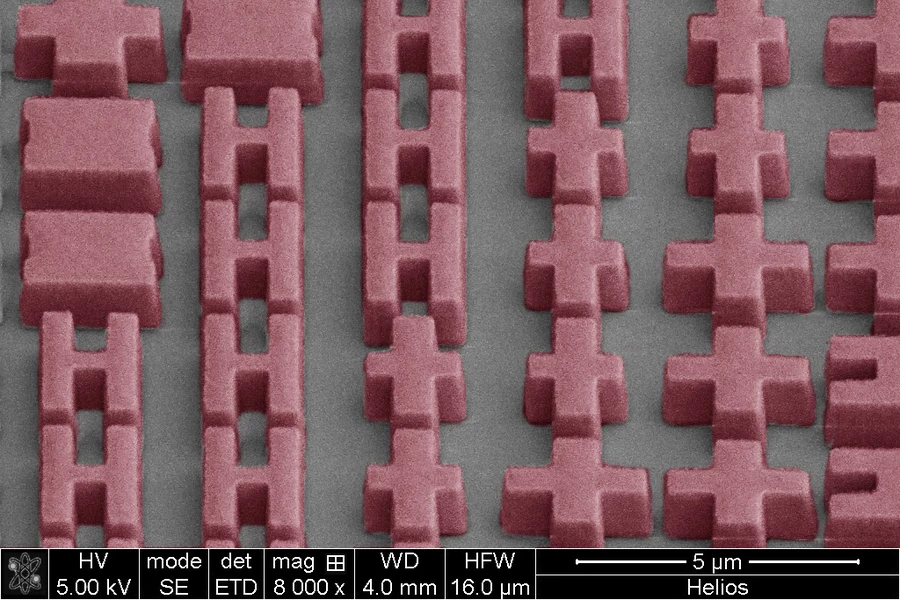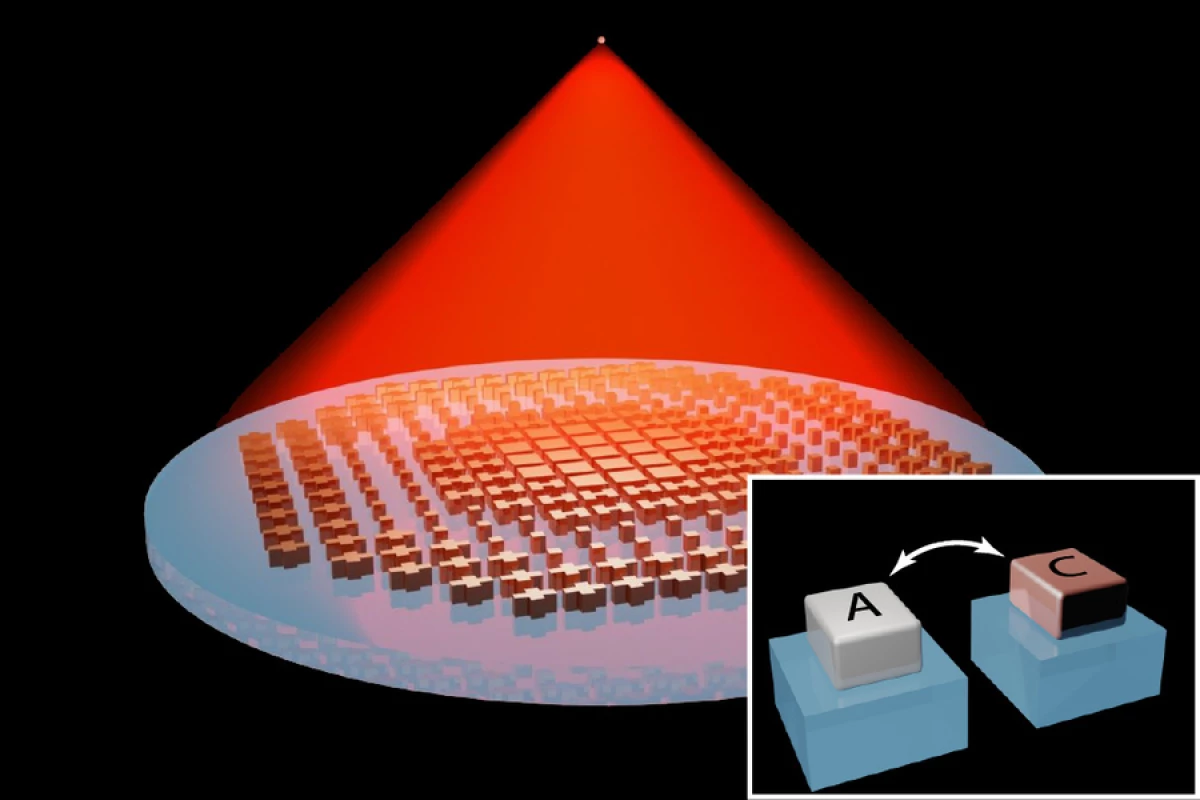Modern zoom lenses work wonderfully, but crack one open and you'll be greeted by a truly terrifying degree of micro-mechanical complexity, with 20 or more polished glass elements set to move in different directions at varying rates when you work the zoom or focus rings. The fact that these things last for years and years of heavy use while getting banged against furniture, exposed to rain, dust and varying temperatures, is a glowing testament to the geniuses that develop them.
But a new development from the Materials Research team at MIT claims to be able to focus light quickly and accurately using a transparent phase-shifting material that doesn't need to move at all. Instead, this "ultra-thin tunable meta-lens" rearranges its atomic structure in response to heat.
The material in question is a new twist on the germanium/antimony/tellurium material used in re-writable CDs and DVDs. In those applications, laser heat was used to switch the material between transparent and opaque states. But the MIT team added selenium to the mix, and found that when heat was added, its atomic structure "shifted from an amorphous, random tangle of atoms to a more ordered, crystalline structure," altering its refracting power without changing its transparency.

The meta-lens has tiny, precisely patterned structures etched into its surface, which can be designed to refract or reflect light in certain ways. As the material is heated, its optical properties shift. In the configuration the team has prototyped, it focuses infrared light on a near point at room temperature, and then moves its focus point farther away as heat is applied.
The team tested the meta-lens by placing it on a stage and illuminating it with a laser beam tuned to the infrared band. The researchers placed two transparent resolution charts in front of it at different distances, and found that it was able to resolve a sharp image of the closer one at room temperature, and an equally sharp image of the more distant one when heated up, even after the heat source was removed.
“Our result shows that our ultrathin tunable lens, without moving parts, can achieve aberration-free imaging of overlapping objects positioned at different depths, rivaling traditional, bulky optical systems,” said Tian Gu, a research scientist in MIT’s Materials Research Laboratory.
The team believes it can be fabricated with integrated microheaters, which could "quickly heat the material with short millisecond pulses," tuning the temperature precisely to enable continuous focal tuning throughout a range of intermediate states between the minimum and maximum focal distances – although it's unclear how quickly it'll be able to cool down and reset focus to the minimum distance.

“In general when one makes an optical device, it’s very challenging to tune its characteristics post-fabrication," said team member Mikhail Shalaginov. "That’s why having this kind of platform is like a holy grail for optical engineers, that allows [the metalens] to switch focus efficiently and over a large range.”
This infra-red prototype, says the team, could be useful in miniature heat scopes, ultra-compact thermal cameras and low-profile night vision goggles. Further developments, it says, could enable ultra-compact zoom lenses for smartphones with no moving parts, among other things.
A very neat idea, and a major opportunity to reduce the dizzying complexity of modern mechanical optics if it proves viable.
A paper on the research is free to read in Nature Communications.
Source: MIT





